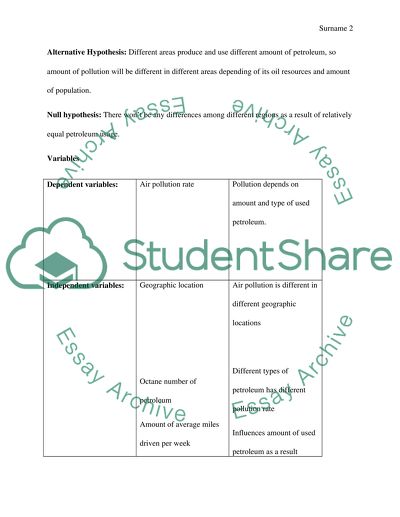Cite this document
(“How does amount and type of petroleum used by the people influences Lab Report”, n.d.)
How does amount and type of petroleum used by the people influences Lab Report. Retrieved from https://studentshare.org/environmental-studies/1682601-how-does-amount-and-type-of-petroleum-used-by-the-people-influences-air-pollution-in-different-regions
How does amount and type of petroleum used by the people influences Lab Report. Retrieved from https://studentshare.org/environmental-studies/1682601-how-does-amount-and-type-of-petroleum-used-by-the-people-influences-air-pollution-in-different-regions
(How Does Amount and Type of Petroleum Used by the People Influences Lab Report)
How Does Amount and Type of Petroleum Used by the People Influences Lab Report. https://studentshare.org/environmental-studies/1682601-how-does-amount-and-type-of-petroleum-used-by-the-people-influences-air-pollution-in-different-regions.
How Does Amount and Type of Petroleum Used by the People Influences Lab Report. https://studentshare.org/environmental-studies/1682601-how-does-amount-and-type-of-petroleum-used-by-the-people-influences-air-pollution-in-different-regions.
“How Does Amount and Type of Petroleum Used by the People Influences Lab Report”, n.d. https://studentshare.org/environmental-studies/1682601-how-does-amount-and-type-of-petroleum-used-by-the-people-influences-air-pollution-in-different-regions.


